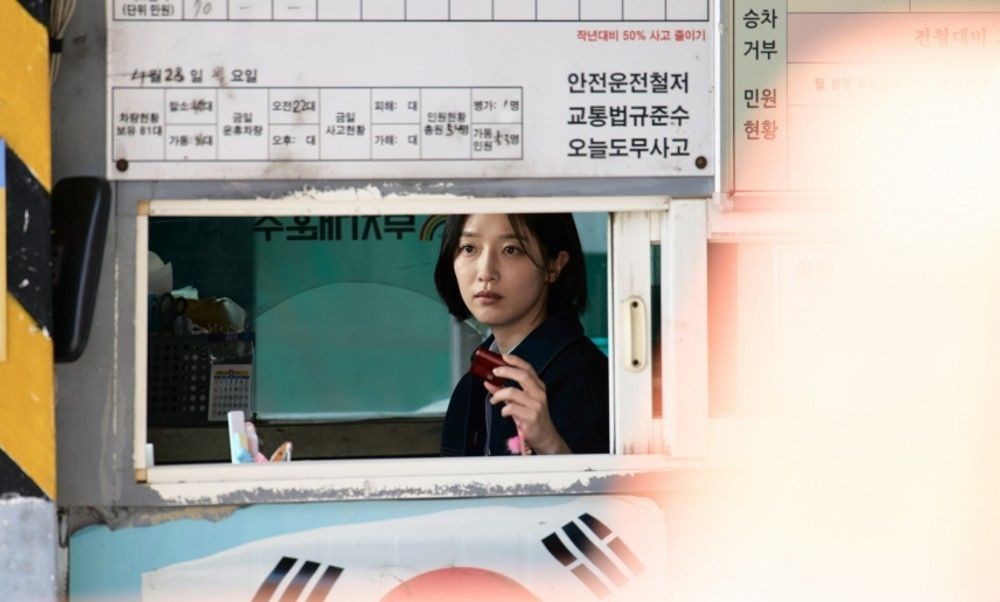


[TV리포트=남금주 기자] 김학래가 ‘아침마당’ 하차 심정을 밝혔다.
24일 방송된 채널A ‘절친 토큐멘터리-4인용 식탁’에서는 MC 박경림과 김재원, 김학래, 이광기가 출연했다.
이날 김재원과 ‘아침마당’에서 함께한 김학래, 이광기가 등장했다. 김재원은 “저와 함께 화요일 아침을 열어주셨던 분들”이라며 김학래는 9년, 이광기는 3년을 함께했다고 소개했다. 배톤터치를 했단 말에 김학래는 “내 자리를 이광기가 가져갔다. 그땐 아주 기분 나빴다. 솔직한 얘기”라고 털어놓았고, 이광기는 “후임으로 들어갈 때 괜히 미안한 거 알지 않냐”라고 눈치를 봤다.
김재원이 “한동안 삐쳐서 ‘아침마당’에 안 나간단 느낌이 있었다”라고 하자 김학래는 “그걸 삐쳤다고 표현하냐”라며 서운해했다. 김학래는 “MC 중에서 단어를 다양하게 사용해서 최고의 MC라고 했는데, 삐친다니”라며 진짜 삐쳤다.
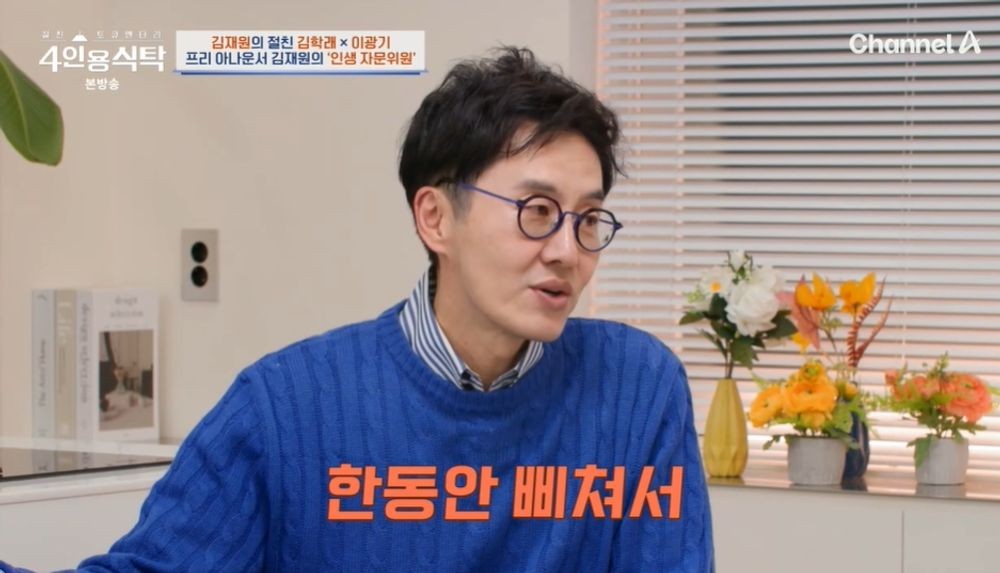
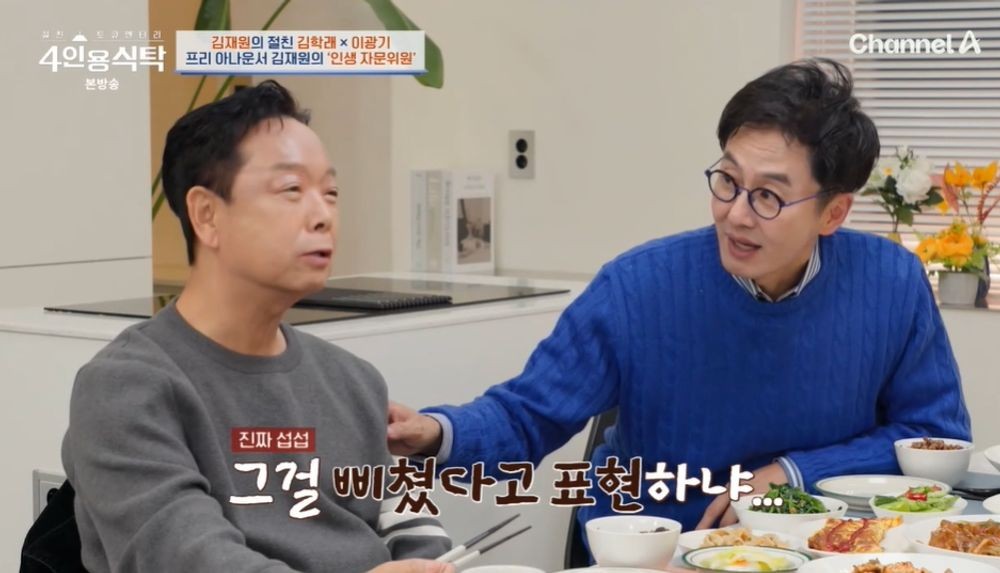

이에 김재원은 “‘아침마당’이면 ‘삐쳤다’는 표현을 안 쓰는데, 나름 예능에 나온 거니까”라고 해명했고, 이광기는 “생존마당에 들어온 거니까 변칙적인 언어적 유희가 필요하다”라고 거들었다. 김재원은 “심기를 살짝 건드려서 분량을 뽑아줘야 하니까”라고 덧붙였다.
그런 가운데 박경림은 “이 짤 때문에 보기 시작했다”라며 녹화 도중 김재원이 앉은 의자가 계속 내려가는 영상을 보여주었다. 박경림이 “생방송이라 식은땀이 엄청났을 것 같다”라고 하자 김재원은 “다음 프로그램이 뉴스라 시간을 정확히 지켜야 했다. 마음 놓고 웃을 수 없는 상황이라 겉으론 웃고 있지만, 웃음 참느라 허벅지를 꼬집고 있었다”라고 토로했다.
퇴사하면서 많은 관심을 받은 김재원은 “한낱 월급쟁이가 30년 넘게 다닌 직장을 그만둔 것뿐인데, 시청자분들이 아쉬워해 주셔서 감사했다. 시청자들의 서운함은 사랑이었단 걸 느꼈다”라며 “회사 다닐 땐 길에서 봐도 아무도 아는 척을 안 했는데, 그만두고 나니 다들 아는 척해주시더라. 평소엔 절 지켜주다가 정말 섭섭하고 보고 싶었구나”라고 깨달았다.

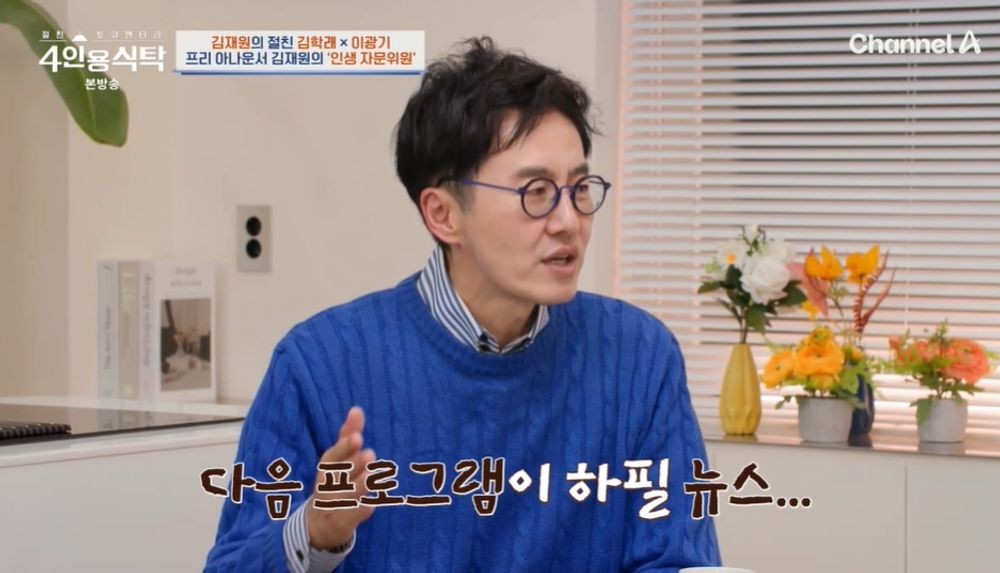
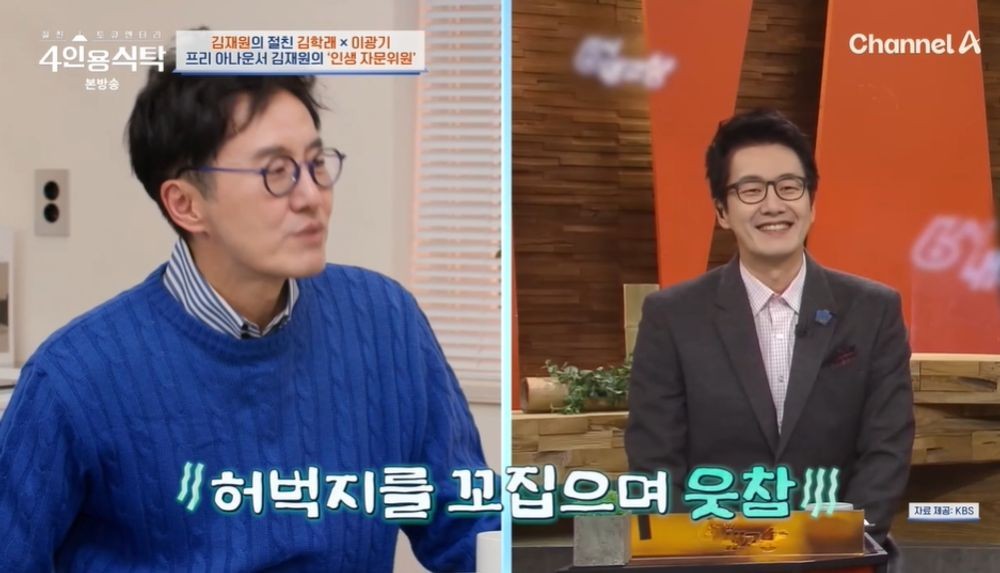
30년 6개월을 매일 출근하다가 퇴사하니 어땠냐”라고 물었고, 김재원은 “헛헛할까봐 일부러 퇴사한 날 여행을 떠났다. 여행지에서 홀가분하게 털어놓고 오면 괜찮을 줄 알았다. 그런데 아니더라. 돌아오니 ‘내일부터 나갈 데가 없네?’란 생각에 8월인데 마음에 찬바람이 불더라”라고 털어놓았다.
김재원은 “퇴사를 후회하는 건 아니니까 감정을 몰아내자고 생각했다. (부정적인) 감정을 몰아내자고 생각해서 고체로 분리해서 몰아냈다. 15분 만에 벗어났다”라며 감정 분리 훈련을 통한 결과라고 했다.
남금주 기자 [email protected] / 사진= 채널A ‘4인용식탁’
